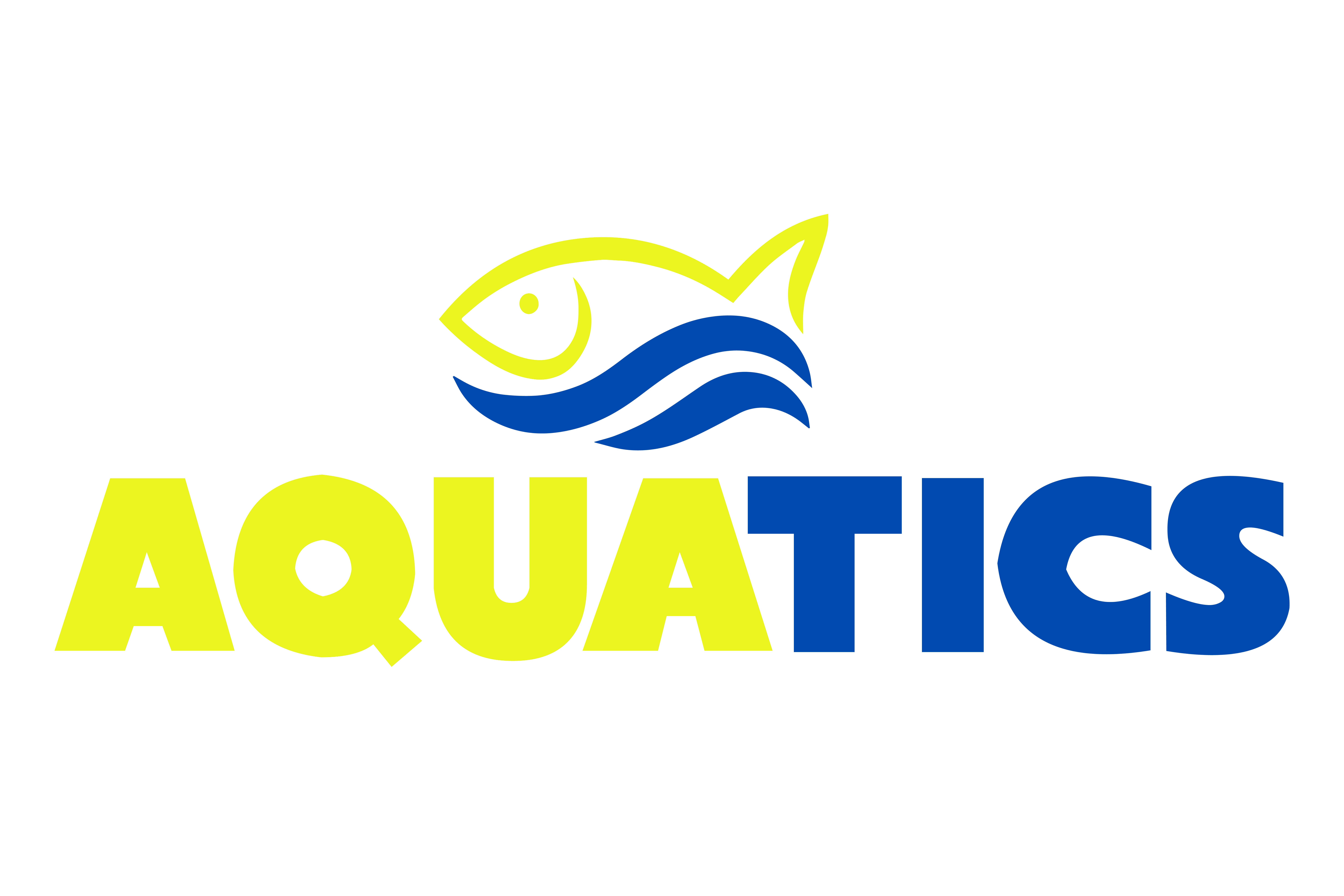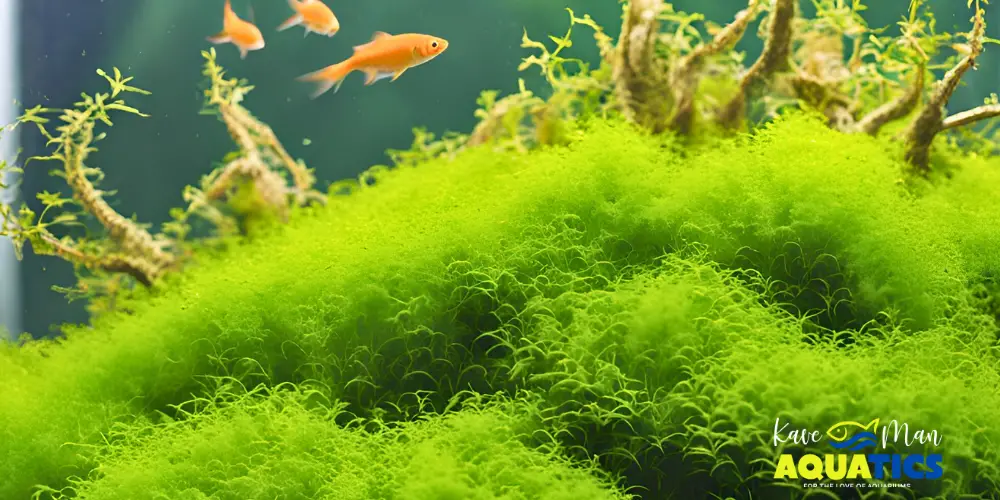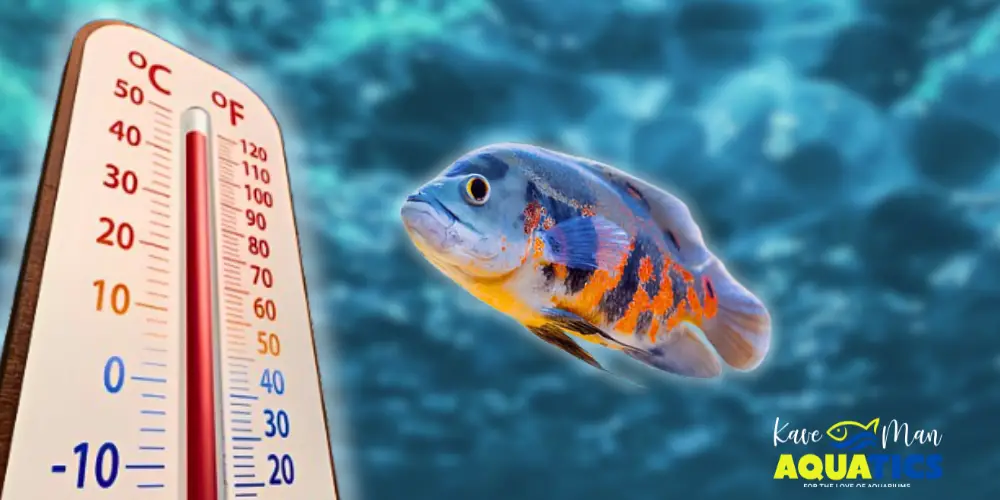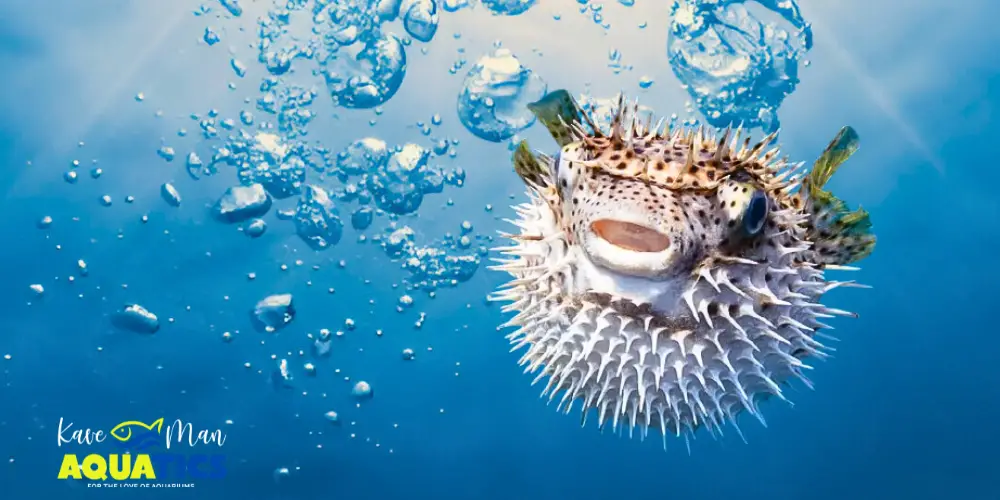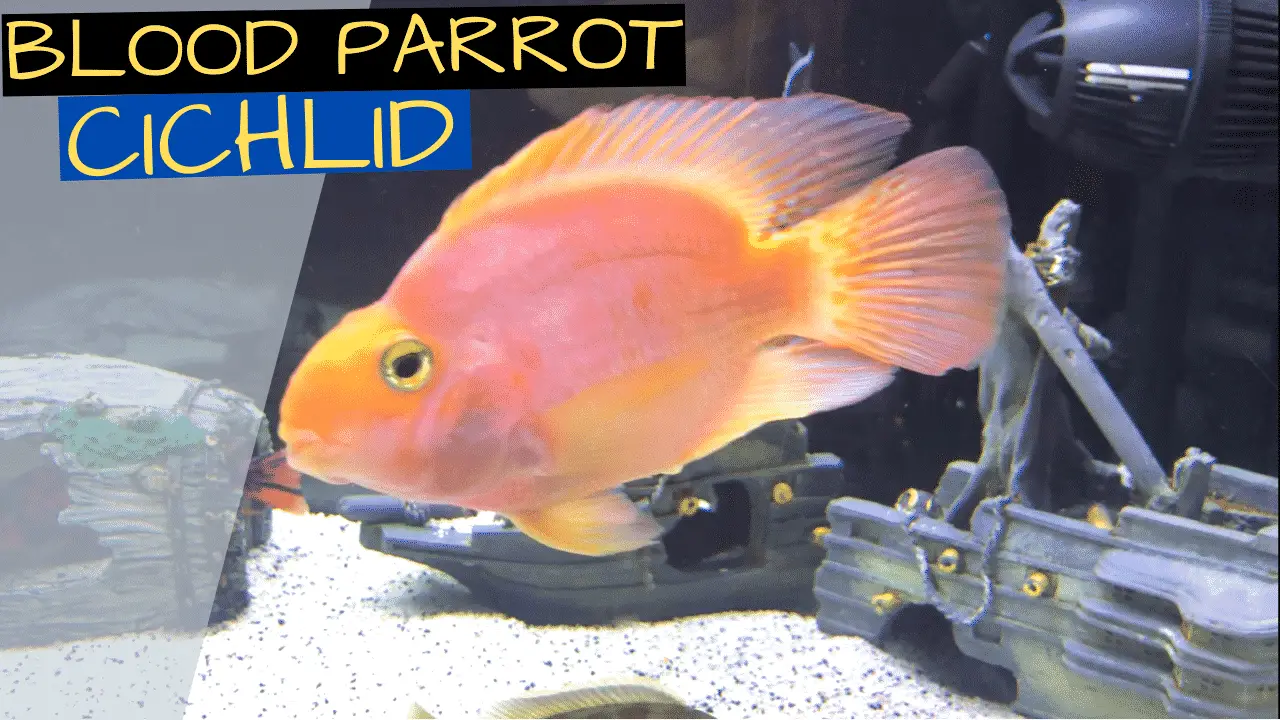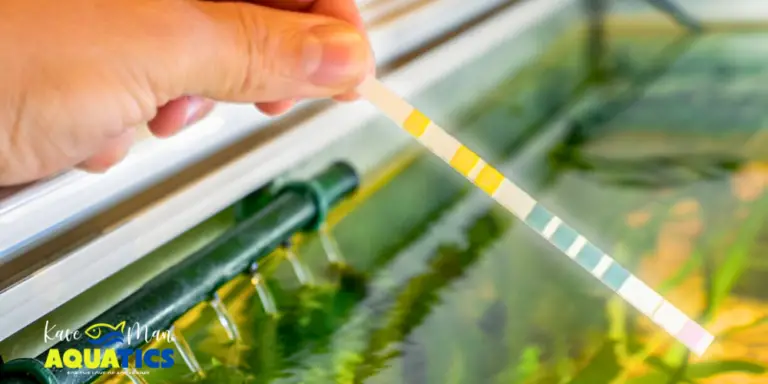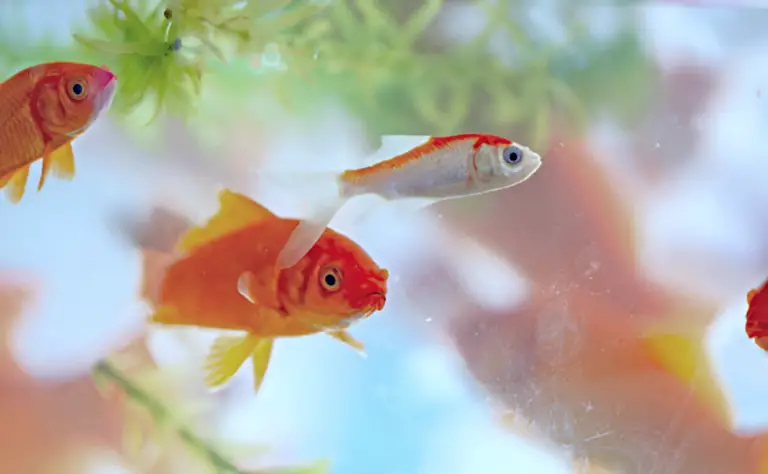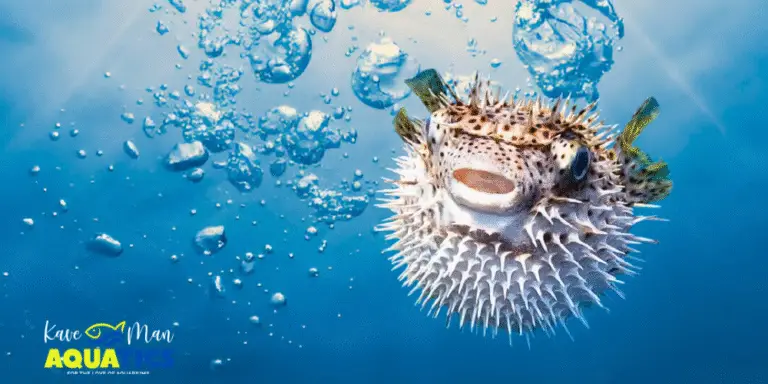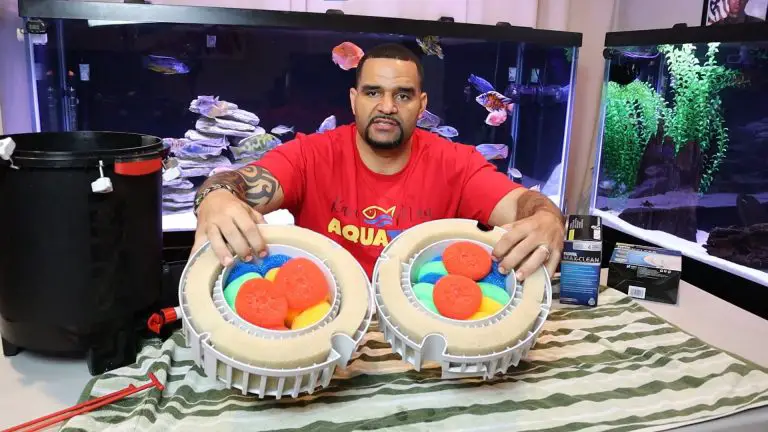Aquarium Moss: Best Types and How to Care for Them
Trying to decide which aquarium moss to add to your tank can feel like just one more thing to worry about in an already busy routine. If you’re unsure where to start, you’re not alone. Many fishkeepers struggle with picking the right moss for their tank. Let’s walk through each popular aquarium moss option so you can find the best fit for your setup.
1. Java Moss
Java moss (Taxiphyllum Barbieri) is the number one choice because it is one of the most versatile and hardy aquarium mosses. It’s soft and dense and has a green carpet-like appearance, which can spread across substrates, rocks, or driftwood. Java moss essentially forms a thick, lush green mat — how natural can you get?
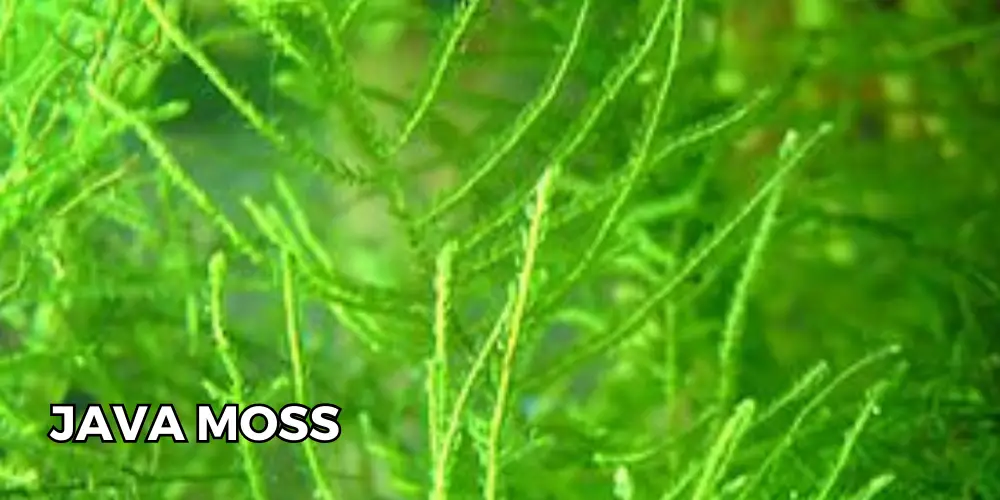
Quick care requirements:
- Lighting: Low to medium light is ideal. Java moss can survive in low light but grows better and maintains its green color with moderate lighting.
- pH: Prefers a neutral to slightly acidic pH (6.0-7.5).
- Temperature: 65-82°F (18-28°C).
- Maintenance: Java moss is low-maintenance and does not require frequent trimming. However, if left to grow too thick, it may need to be occasionally thinned to prevent it from overshadowing other plants in the tank.
2. Christmas Moss
Christmas moss (Vesicularia Montagne) is named after its resemblance to a Christmas tree (I bet you didn’t see that coming). It has a dark green, bushy structure with delicate, soft leaves. It grows in dense clumps and is an excellent choice for creating a focal point in the tank.
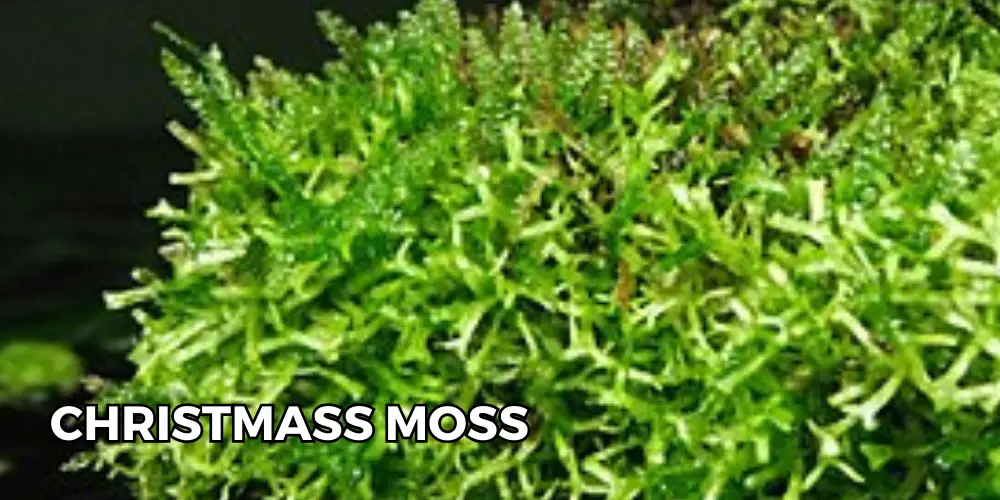
Quick care requirements:
- Lighting: Medium to high light helps maintain its vibrant green color. While it can survive in lower light, its growth and color may not be as strong.
- pH: Prefers slightly acidic to neutral water (pH 6.0-7.5).
- Temperature: 70-82°F (21-28°C).
- Maintenance: Easy to care for and low-maintenance. Trim it occasionally to prevent it from becoming too dense and to encourage new growth. Attaching it to driftwood or rocks will help maintain its shape and improve its appearance.
3. Flame Moss
Flame moss (Taxiphyllum sp.) has a spiky, compact growth pattern and a bright green color. You can see how it got its name when it sways gently with the water flow — giving it that fiery effect to the tank. This moss forms dense clumps that make it a great choice for creating a carpet-like appearance or accentuating hardscape elements.
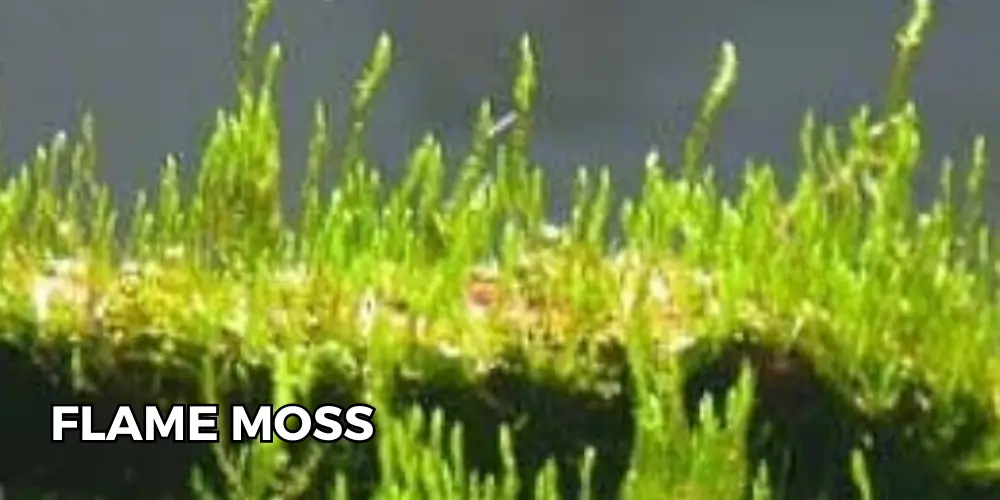
Quick care requirements:
- Lighting: Medium to high light is ideal to maintain its vibrant color and bushy growth. In lower light, it can turn brownish and grow more slowly.
- pH: Prefers slightly acidic to neutral water (pH 6.0-7.5).
- Temperature: 68-78°F (20-26°C).
- Maintenance: Regular trimming helps keep Flame moss compact and encourages dense, bushy growth. Attach it to rocks or wood to promote optimal growth patterns.
4. Weeping Moss
Weeping moss (Vesicularia Ferriei) is similar to Christmas moss but has a more flowy, delicate appearance. It is soft, feathery, and green. It forms cascading growths, making it a great choice for creating a natural, waterfall-like effect in the tank.
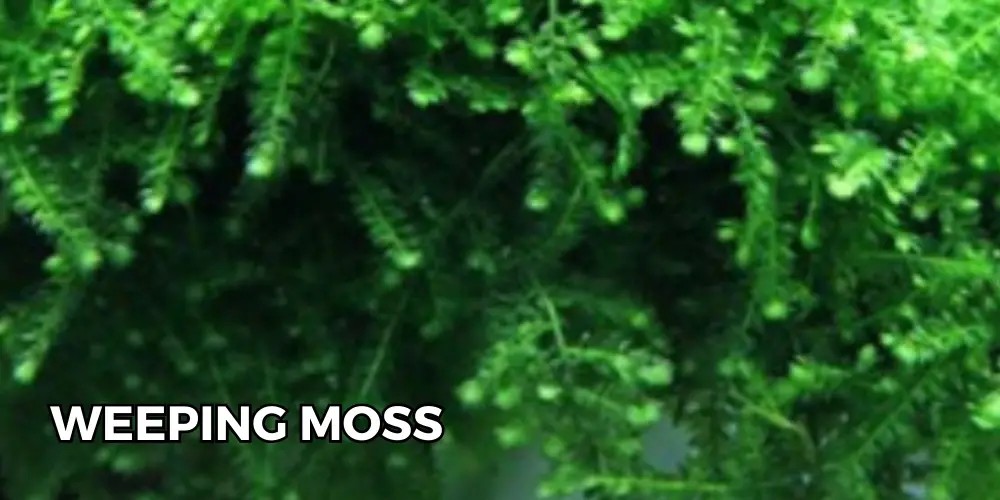
Quick care requirements:
- Lighting: Low to medium light is sufficient. While it can tolerate low light, it will grow better under moderate lighting.
- pH: Grows well in soft to slightly hard water with a pH range of 6.0-7.5.
- Temperature: 68-82°F (20-28°C).
- Maintenance: This moss grows slowly and is easy to care for. It can be attached to hardscape using thread or mesh, or allowed to float freely.
5. Phoenix Moss
Phoenix moss (Fissidens Fontanus) is compact and bushy with a deep green color and a dense growth pattern. It forms lush mats and is perfect for creating a carpeting effect in the aquarium. As to how it got its name — the moss has a spiky appearance that resembles a phoenix plume.
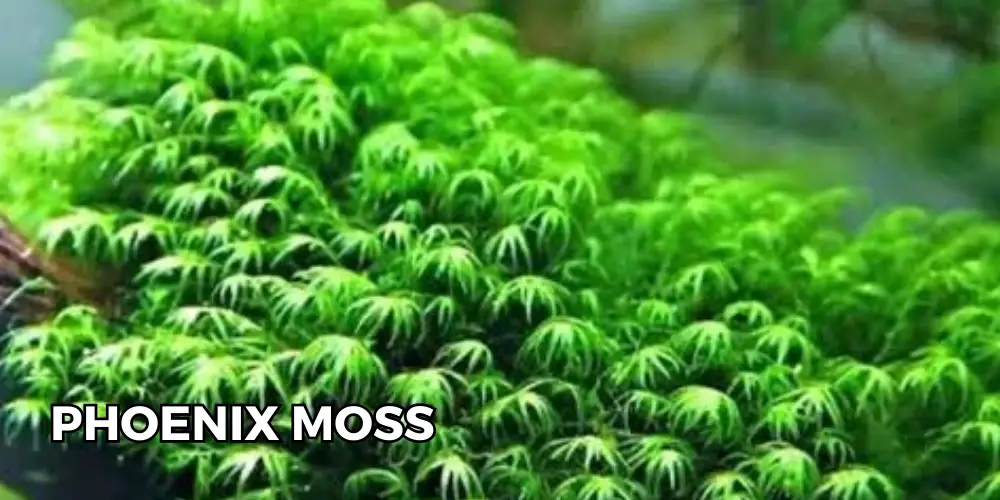
Quick care requirements:
- Lighting: Prefers medium to high light to maintain its vibrant green color. In lower light, it may not develop its best color and growth.
- pH: Prefers slightly acidic to neutral water (pH 6.0-7.5).
- Temperature: 70-78°F (21-26°C).
- Maintenance: Regular trimming keeps Phoenix moss compact and encourages new growth. It can be attached to rocks, wood, or directly to the substrate.
6. Pellia Moss
Pellia moss (Monosolenium Tenerum) has soft, green leaves that form a carpet-like mat. It resembles liverworts and has round, leaf-like structures that give it a lush, natural look. You can attach it to rocks, driftwood, or let it float freely on the water’s surface.
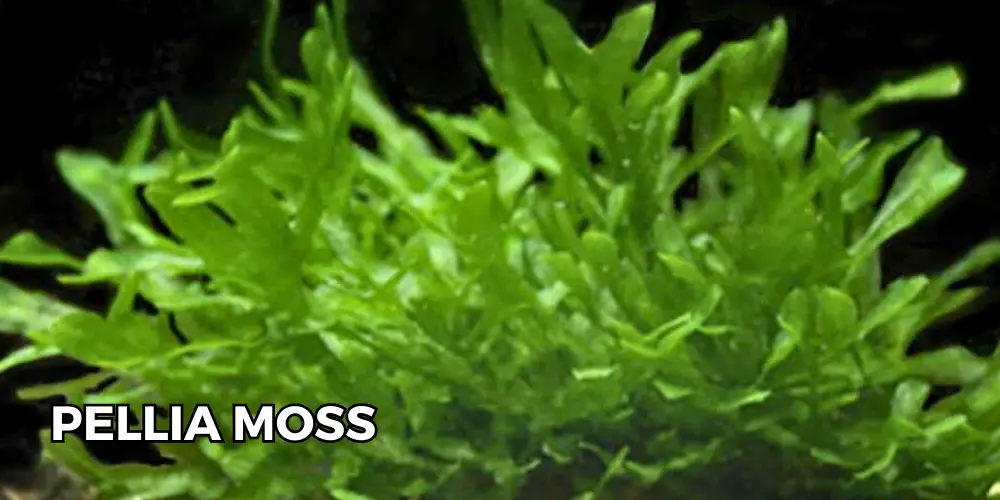
Quick care requirements:
- Lighting: Prefers low to medium light but can also thrive under moderate lighting.
- pH: Best suited for soft to slightly hard water with a pH range of 6.0-7.5.
- Temperature: 65-82°F (18-28°C).
- Maintenance: Pellia moss grows slowly and requires minimal care. It can be trimmed occasionally if it becomes too dense, but otherwise, it is a low-maintenance moss that provides a natural, soft look to the aquarium.
7. Spiky Moss
Spiky moss (Taxiphyllum sp.) has a unique, spiky, bushy structure. It’s sure to add a spiky, dynamic element to your aquarium. Its bright green color and compact growth make it a great choice for attaching to hardscape, rocks, or driftwood.
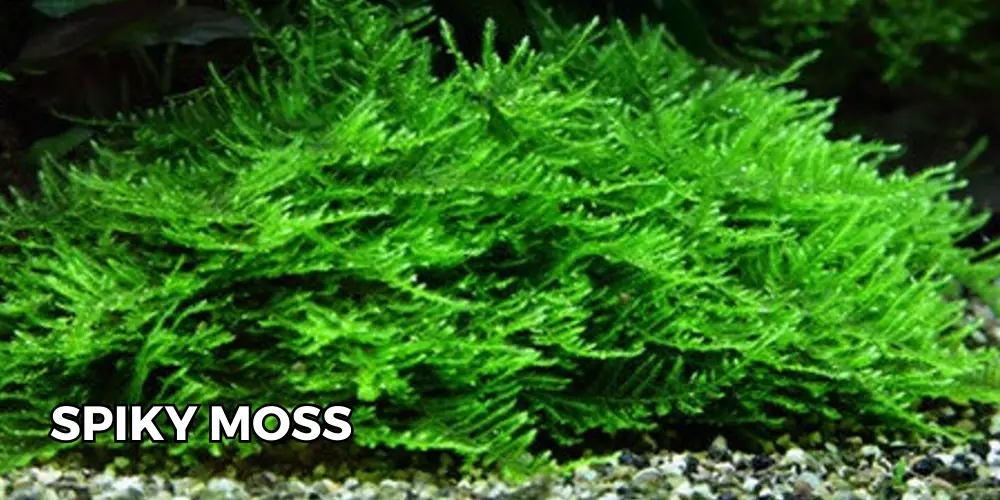
Quick care requirements:
- Lighting: Medium to high light is recommended to maintain its vibrant color and compact growth. It can tolerate lower light but may grow more slowly and not develop its best color.
- pH: Prefers neutral to slightly acidic water (pH 6.0-7.5).
- Temperature: 68-78°F (20-26°C).
- Maintenance: Regular trimming keeps Spiky moss compact and encourages bushy growth. It can be attached to rocks or wood to maintain its shape and encourage healthy growth.
Benefits of Aquarium Moss
Okay, why should you even bother adding aquarium moss to your tank? Here are the possible benefits:
- Natural water filtration: Aquarium moss absorbs excess nutrients from the water, keeping the water cleaner and reducing the risk of algae growth.
- Creates Hiding spots: Moss provides hiding places for shy fish, small fish, and fry. As a result, it can help reduce stress and promote better health and breeding behavior.
- Adds visual appeal: Aquarium moss’s lush, green appearance adds a natural, beautiful look to your tank. It mimics underwater environments found in the wild — perfect to help your fish feel more at home.
- Low maintenance: Moss is relatively easy to care for. It requires minimal trimming and maintenance. Moss also thrives under various lighting conditions and water parameters, making it adaptable to different aquarium setups.
- Supports beneficial bacteria: The surfaces of moss act as a habitat for beneficial bacteria that help break down organic waste. This further helps with benefit number one!
Build Your Perfect Tank With Aquabuildr
Aquarium moss can really enhance the beauty and functionality of your tank. They add a touch of greenery while offering a hiding space or two for certain fish species. Whichever aquarium moss you choose, each one brings something unique to your setup.
To make the most of your aquarium hobby, we invite you to check out Aquabuildr, our complete fish-keeping app. Aquabuildr offers intelligent technology, expert guidance, and a user-friendly interface to help you build and maintain a thriving tank with ease.
Say goodbye to guesswork and download the app on the App Store or Google Play Store, and start building your dream aquarium!
-
Best Saltwater Fish for Beginners
Discover the best saltwater fish for beginners! Explore colorful, low-maintenance fish that are perfect for starting your first saltwater tank.
-
7 Easy Ways to Keep Your Aquarium Cool This Summer
Don’t let summer heat stress your fish! Here’s how to keep your aquarium cool, calm, and collected all season long.
-
Do You Really Need a Protein Skimmer in Your Saltwater Tank?
Wondering if a protein skimmer is worth it? Find out if your saltwater tank really needs one and what it actually does for your setup.
